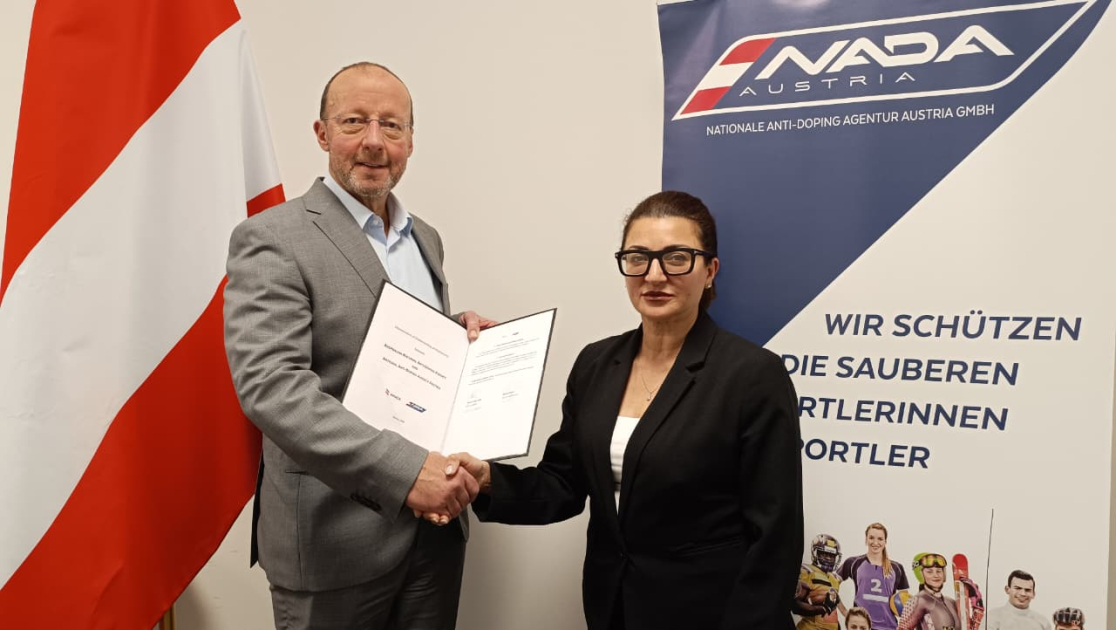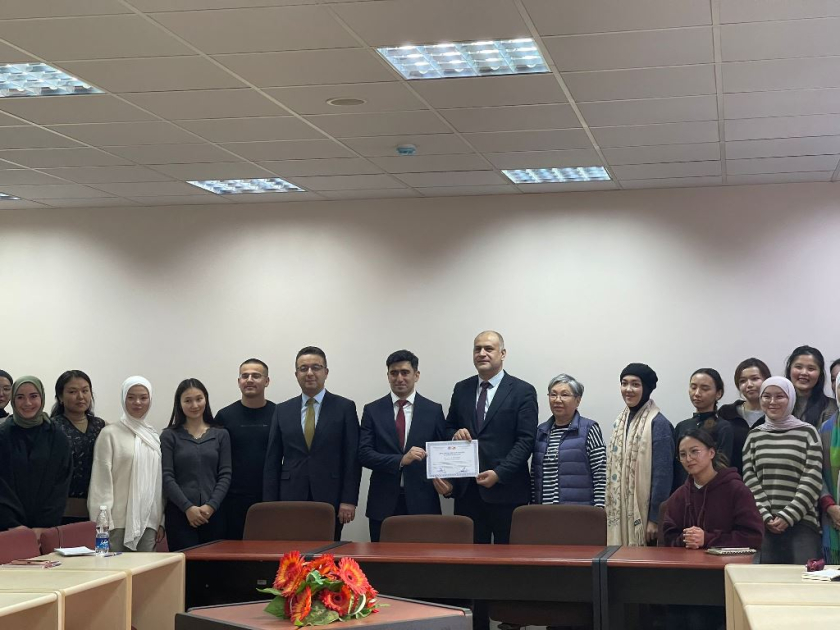The 2025 theme: Silver Jubilee Celebration of International Mother Language Day, according to UN.
Languages are essential to education and sustainable development, serving as the primary means through which knowledge is transferred and cultures are preserved. With approximately 8,324 languages in the world today, many are at risk of disappearing due to globalization and societal changes. Ensuring that education systems support the right to learn in one's mother tongue is crucial for improving learning outcomes, as students who are taught in a language they fully understand show better comprehension, engagement, and critical thinking skills. Multilingual education, particularly for minority and indigenous languages, not only helps learners but also fosters a deeper connection between education and culture, contributing to more inclusive and equitable societies.
The 25th anniversary of International Mother Language Day celebrates a quarter-century of efforts to preserve linguistic diversity and promote mother tongues. This milestone emphasizes the importance of language preservation in safeguarding cultural heritage, improving education, and fostering more peaceful societies.
The 25th anniversary of International Mother Language Day celebrates a quarter-century of efforts to preserve linguistic diversity and promote mother tongues. This milestone emphasizes the importance of language preservation in safeguarding cultural heritage, improving education, and fostering more peaceful societies.
International Mother Language Day, first proclaimed by UNESCO and later adopted by the UN General Assembly, underscores the role of languages in promoting inclusion and achieving Sustainable Development Goals. Multilingual education not only promotes inclusive societies but also aids in preserving non-dominant, minority, and indigenous languages. It is a cornerstone for achieving equitable access to education and lifelong learning opportunities for all individuals.
Safeguarding Linguistic Diversity
Languages, with their complex implications for identity, communication, social integration, education and development, are of strategic importance for people and planet. Yet, due to globalization processes, they are increasingly under threat, or disappearing altogether. When languages fade, so does the world's rich tapestry of cultural diversity. Opportunities, traditions, memory, unique modes of thinking and expression — valuable resources for ensuring a better future — are also lost.
Every two weeks a language disappears taking with it an entire cultural and intellectual heritage. UNESCO estimates that there are 8,324 languages, spoken or signed. Out of these, around 7,000 languages are still in use. Only a few hundred languages have genuinely been given a place in education systems and the public domain, and less than a hundred are used in the digital world.





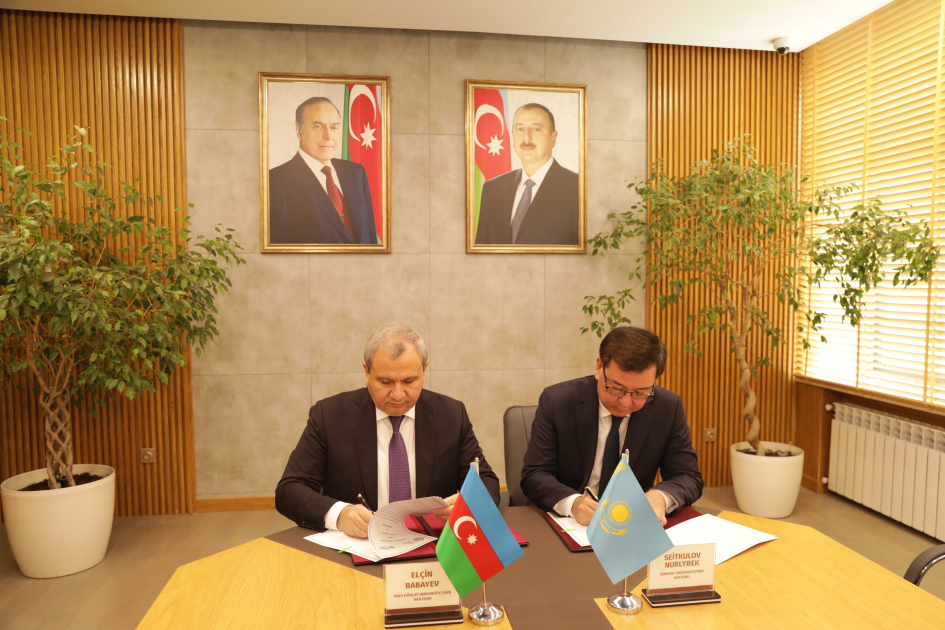
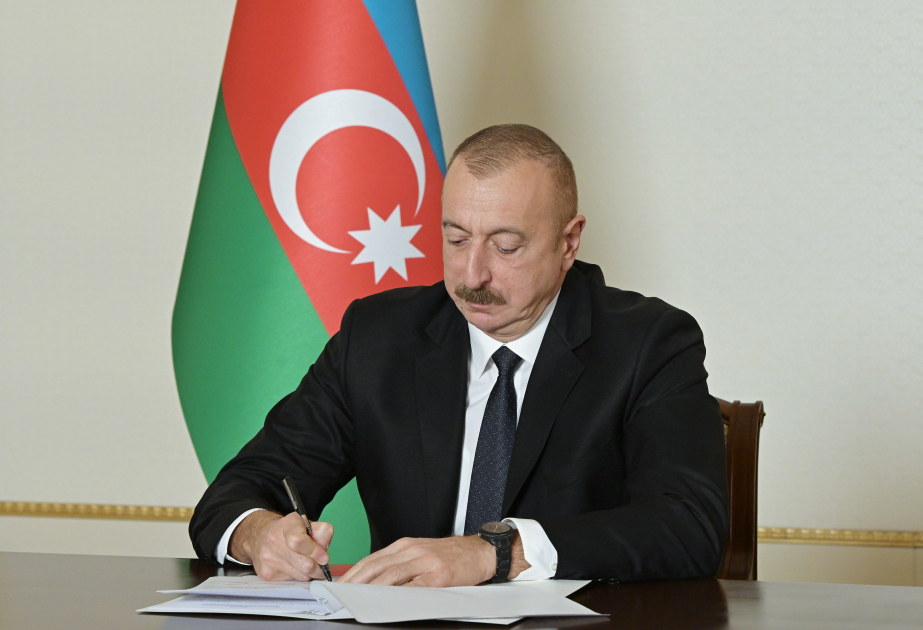
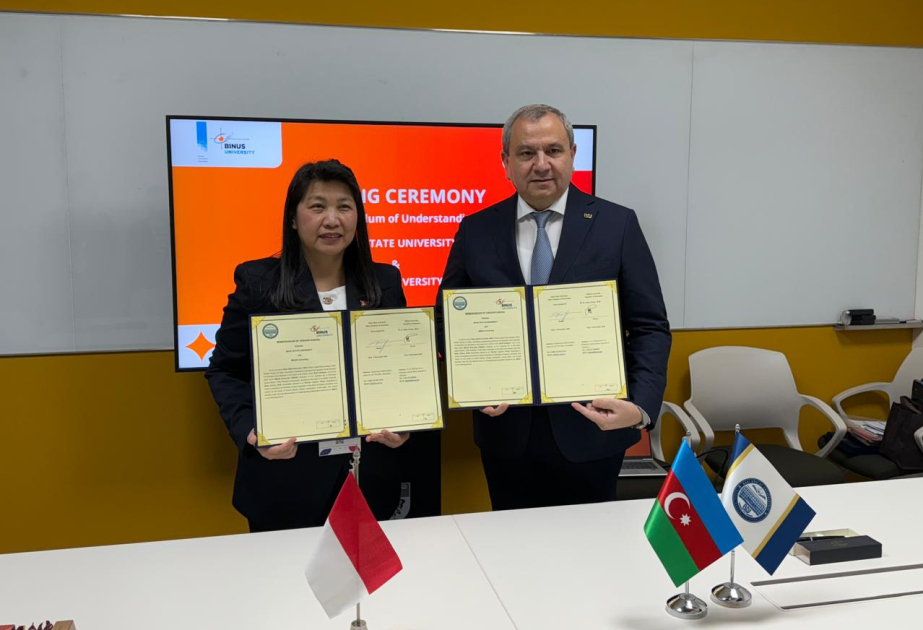




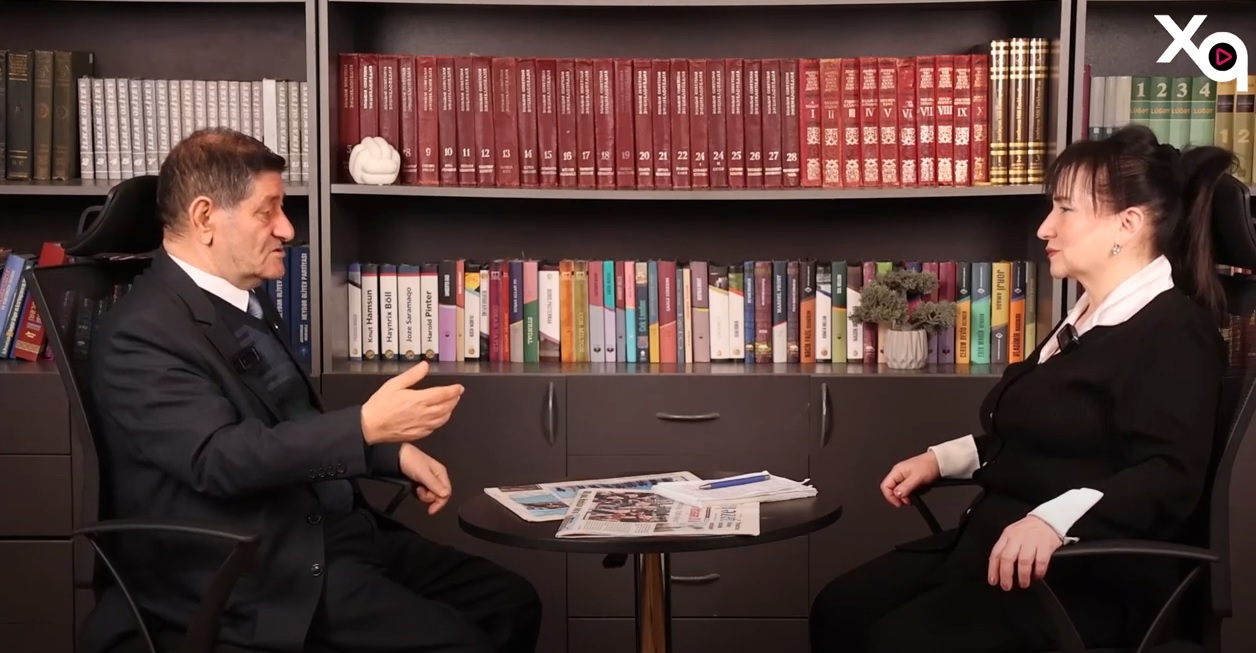
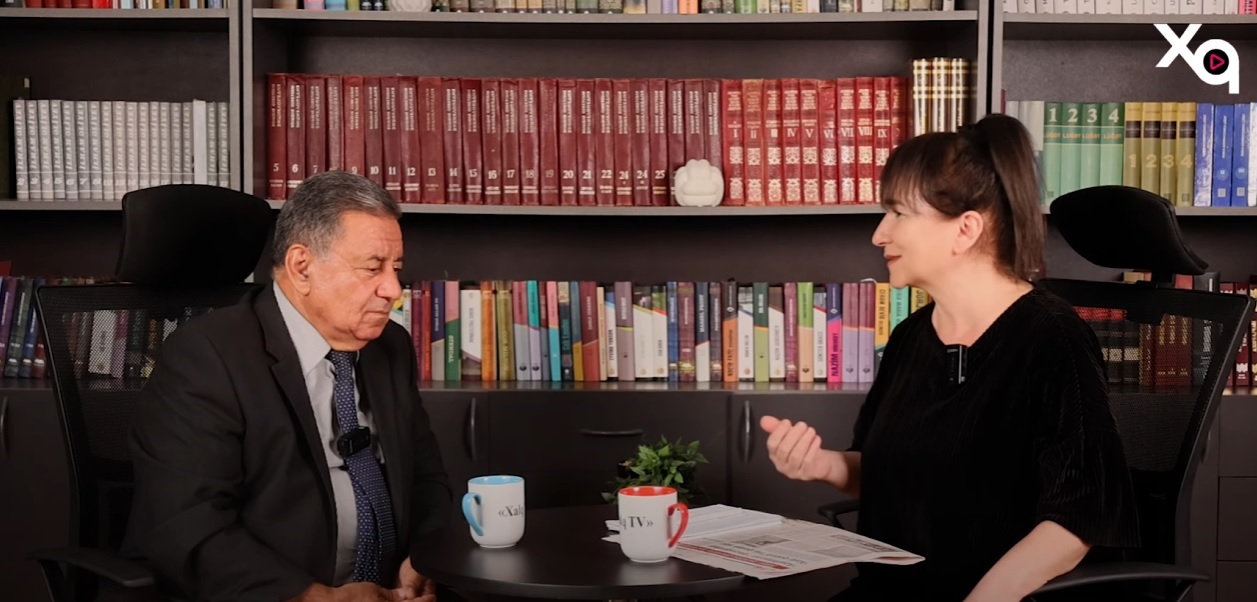
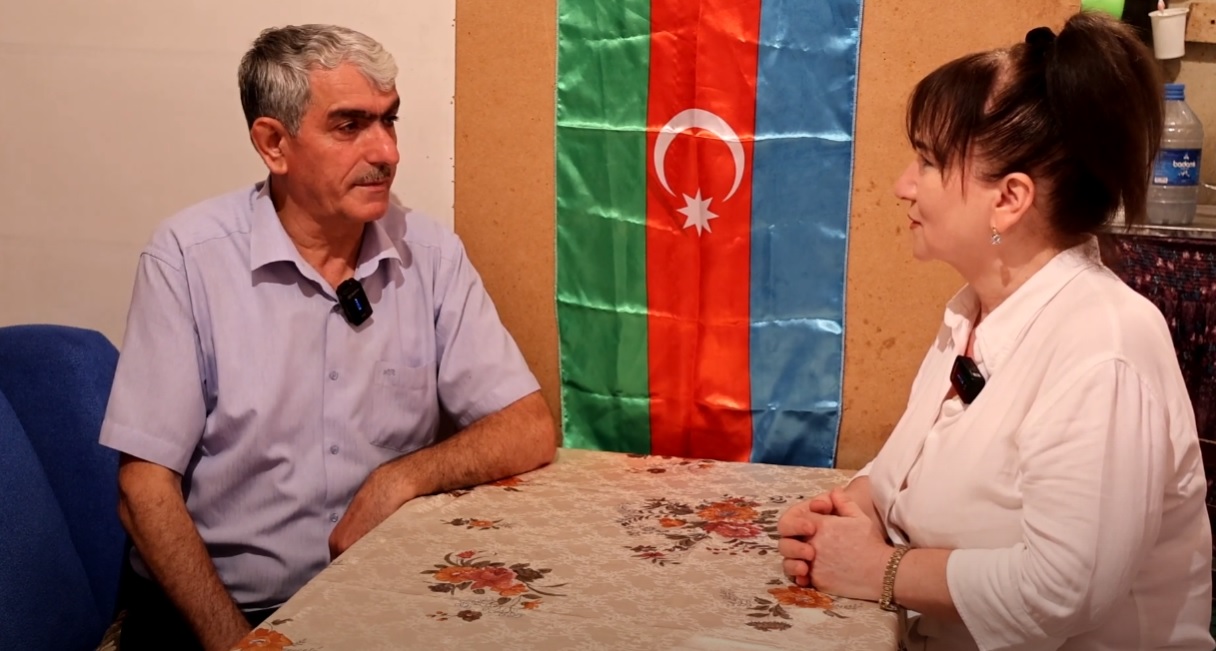
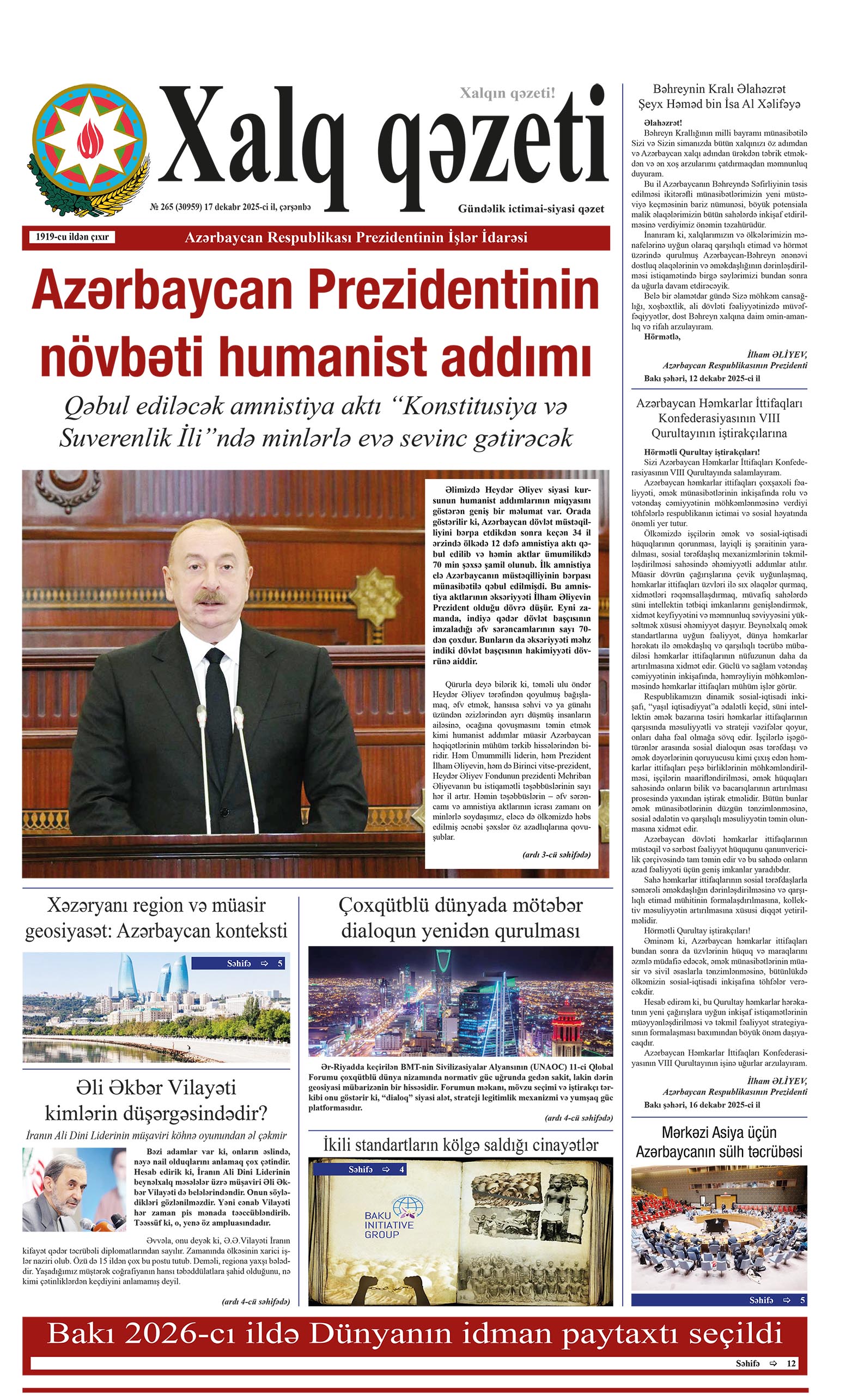

.png)

